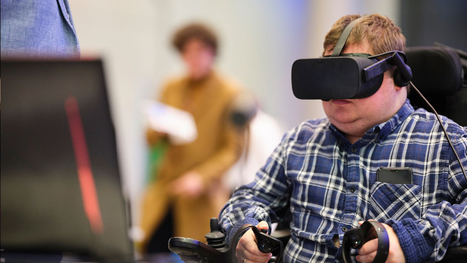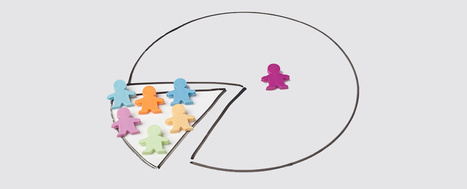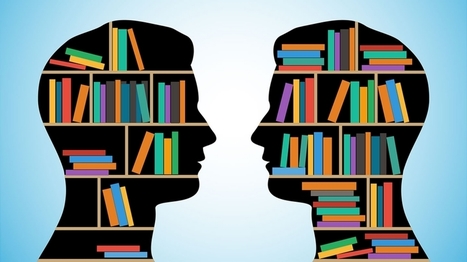The deaths of George Floyd, Breonna Taylor, Ahmaud Arbery and too many others are forcing the country to reconcile with the injustices that plague our systems. As educators, it’s our responsibility to educate students about systemic racism. It’s also our job to give students a place to talk about how it affects their lives.
In response to the murder of George Floyd, my nonprofit, Teaching Matters, organized three webinars for educators to discuss how to talk about racism in the classroom. As an Afro-Cuban education consultant, I wanted to address the varied concerns both white and non-white teachers held. In leading the webinars, I was joined by fellow education consultants at Teaching Matters.




 Your new post is loading...
Your new post is loading...


















